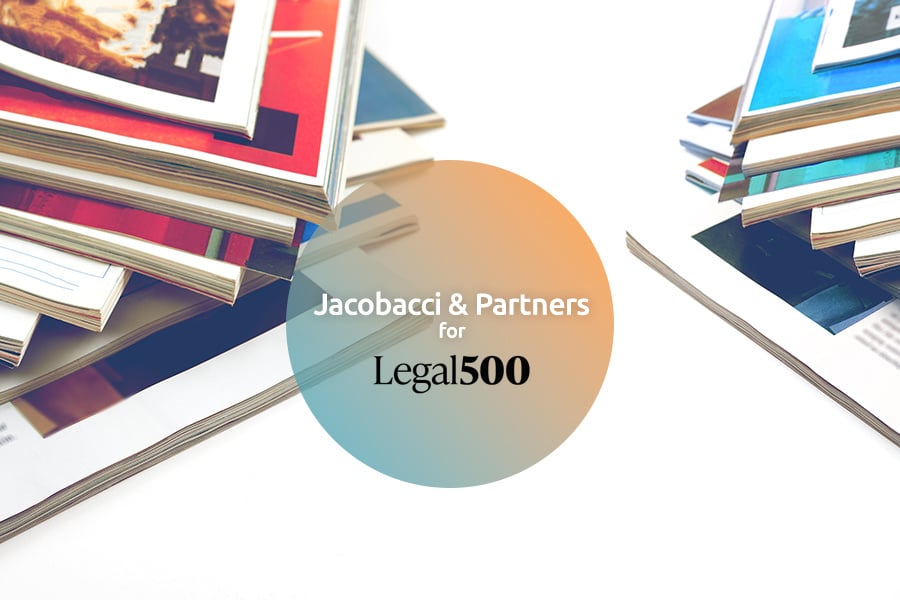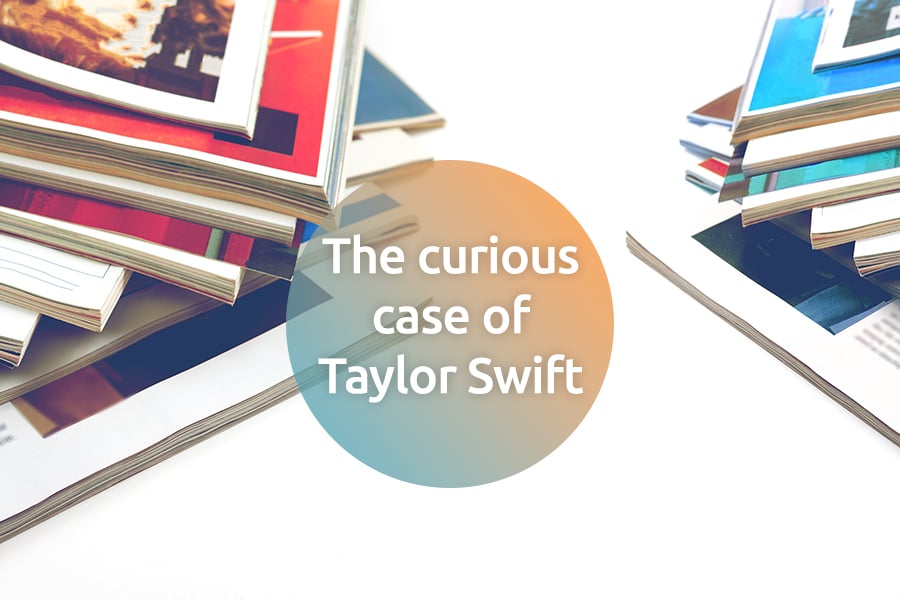In Case T‑879/16, Sony Interactive Entertainment Europe Ltd brought an action against the decision of the Fourth Board of Appeal of the EU Intellectual Property Office (EUIPO) on October 4 2016 (Case R 1010/2016-4), relating to revocation proceedings between Sony and the trademark owner Marpefa, SL. The decision was issued on February 8 2018.
Background
On November 14 2011, pursuant to Article 51(1)(a) of Regulation 207/2009 (now Article 58(1)(a) of EU Regulation 2017/1001), Sony (then Sony Computer Entertainment Europe Ltd) filed an application for revocation for lack of genuine use of Marpefa’s EU trademark registration 1790674 (see below), for all goods for which it had been registered in Class 9 (namely, recording discs, cleaning devices for recording discs, loudspeakers, loudspeaker systems, sound amplifiers, video tapes, magnetic tapes, cabinets for loudspeakers, video cameras, exposed cinematographic films, compact discs, transparencies, photographic apparatus, computers, video screens, apparatus for the reproduction of sound and images, television sets and record players).

In response, Marpefa asserted that the contested mark had been put to genuine use, at least in Spain, during the relevant period (between November 14 2006 and November 13 2011) for all the claimed goods and presented evidence of such use.
The Cancellation Division dismissed the revocation request related to specific goods but allowed the request with respect to other goods included in Class 9. On October 28 2013 Sony appealed the dismissal of its application for revocation concerning the specific goods.
On July 2 2014 the Second Board of Appeal of EUIPO dismissed the appeal, finding that:
“the contested mark had been put to genuine use during the relevant period in relation to loudspeakers, loudspeaker systems, sound amplifiers and computers, video screens, apparatus for the reproduction of sound and images, television sets, record players falling within Class 9.”
More specifically, the Second Board of Appeal found that:
“the term ‘apparatus for the reproduction of sounds and images’ was defined sufficiently ‘precisely and narrowly’ to denote the goods for which use had been proved and that there was no valid reason to make any significant subdivisions within that category.”
Sony brought an action to annul the first decision before the General Court (case T-690/14).
Decision
On December 10 2015 in Sony Computer Entertainment Europe v OHIM — Marpefa (Vieta) (T‑690/14), the General Court held that “contrary to what was stated in paragraph 46 of the First Decision, it cannot be held that the term ‘apparatus for the reproduction of sound and images’ was defined precisely and narrowly”. Indeed, the EUIPO failed to provide any conclusive answer as to what the term covered.
The General Court also held that:
“the term ‘apparatus for the reproduction of sound and images’ was likely to include a wide array of audio-visual and electronic equipment, including equipment for which the Cancellation Division had considered that proof of genuine use had not been determined.”
Consequently, the court determined that:
“it was necessary to annul the First Decision in so far as it found that genuine use of the contested mark had been proven for ‘apparatus for the reproduction of sound and images’ and accordingly, dismissed the appeal against the decision of the Cancellation Division to reject the application for revocation of the contested mark for such apparatus.”
Nevertheless, the Fourth Board of Appeal (under reference R 1010/2016-4) stated that the term ‘apparatus for the reproduction of sound and images’ was not part of the heading of Class 9, but:
-
referred to any machine capable of reproducing both sound and images;
-
was a synonym of "television sets"; and
-
was a specific term which is sufficiently clear and precise.
Subsequently, Sony asked the General Court to annul the Board of Appeal’s decision, alleging:
-
violation of Article 65(6) of Regulation 207/2009 (now Article 72(6) of Regulation 2017/1001); and
-
breach of the principle that the applicant should identify with sufficient clarity and precision the goods or services for which protection of the mark is sought.
With respect to the first allegation, the principle of res judicata is important in both EU and national decisions. In order to ensure consistency, it is important that definitive judicial decisions are not called into question (see Artegodan v Commission, C‑221/10 P, EU C 2012:216 (April 19 2012), paragraph 86 and the case law cited).
In the case at hand, the General Court held that ‘apparatus for the reproduction of sound and images’ did not designate a precise and narrowly defined category of goods, as stated by the Board of Appeal in the First Decision, but a large category of audiovisual and electronic equipment. Therefore, proof of genuine use of the contested mark had not been demonstrated for that equipment. Since the finding was not subject to appeal, it became final and acquired the force of res judicata.
As a result, the contested decision of the Fourth Board of Appeal was annulled and the EUIPO ordered to pay costs.
Comment
This decision places a higher burden of proof on trademark owners in proving genuine use. Where the description of goods in a class is not sufficiently precise and narrow, proof of genuine use should be provided for as many types of product as possible within the definition.




